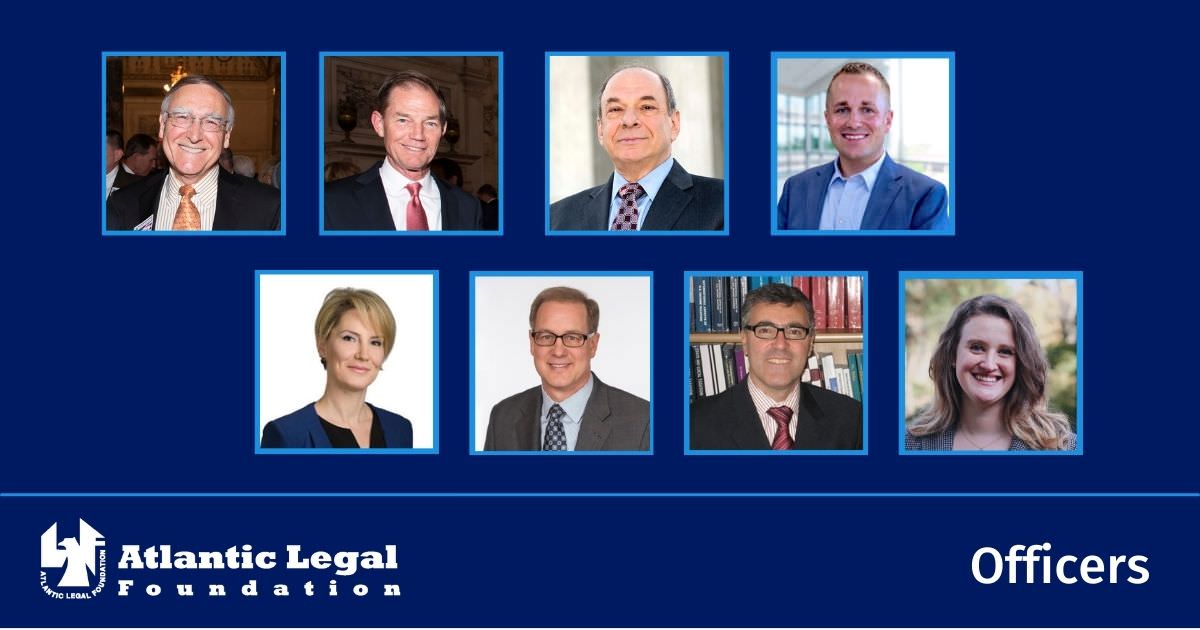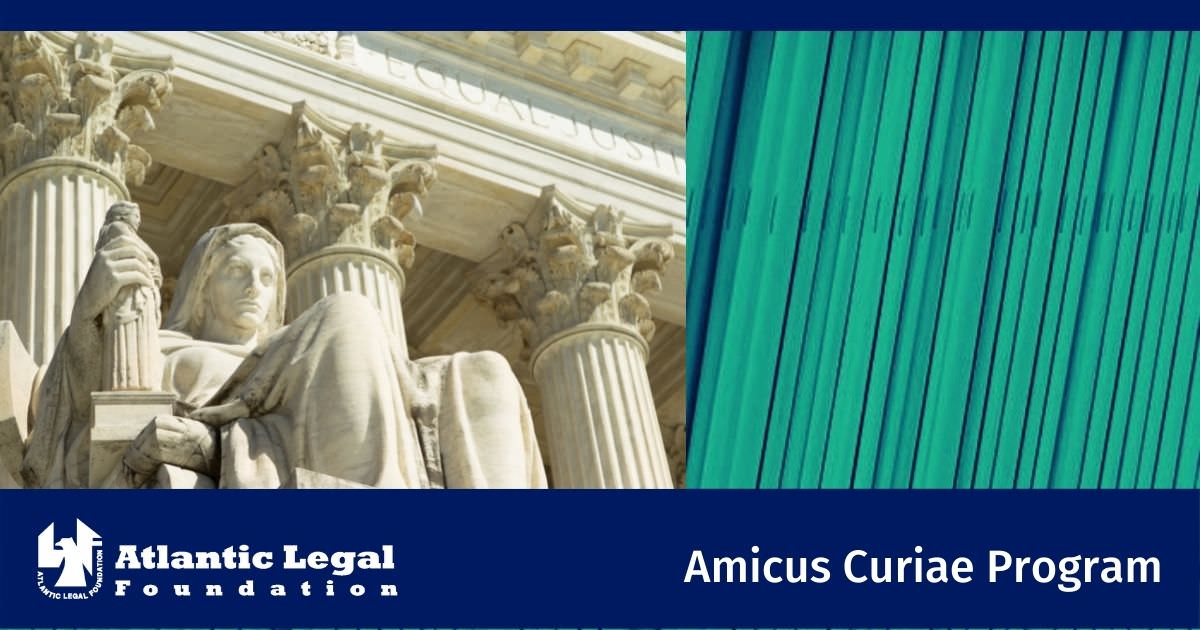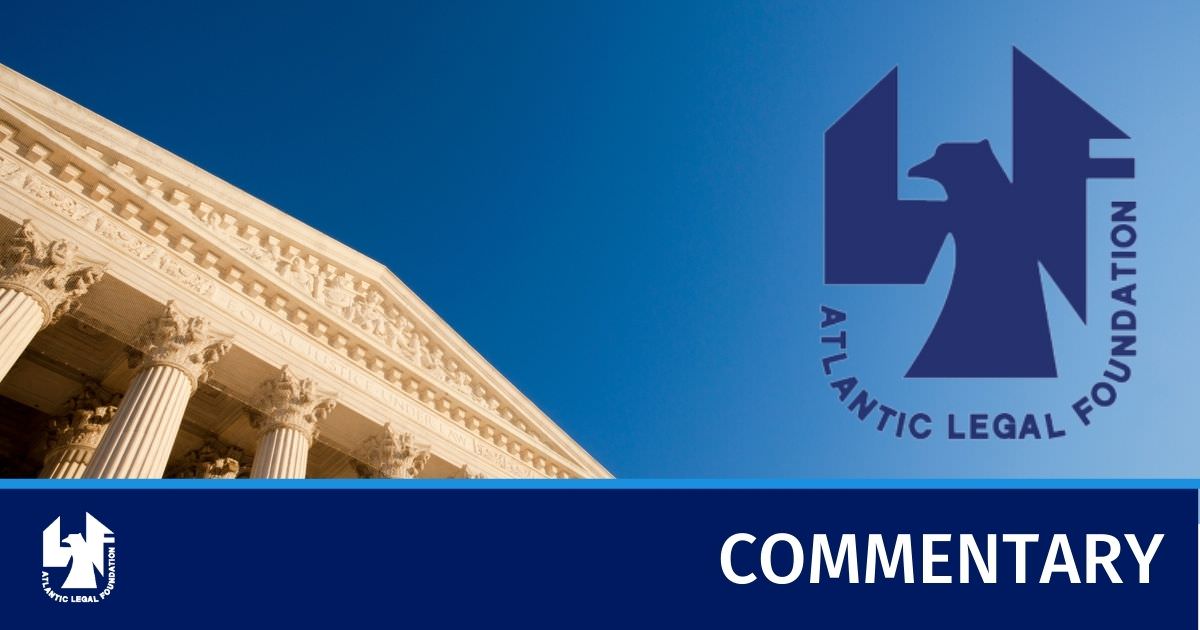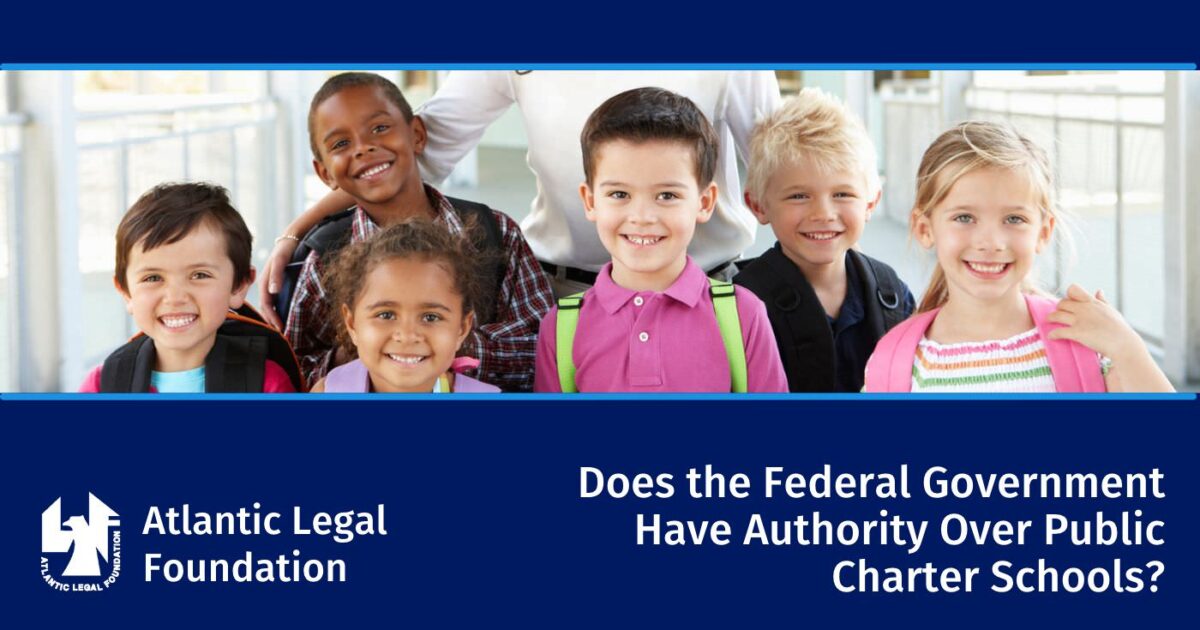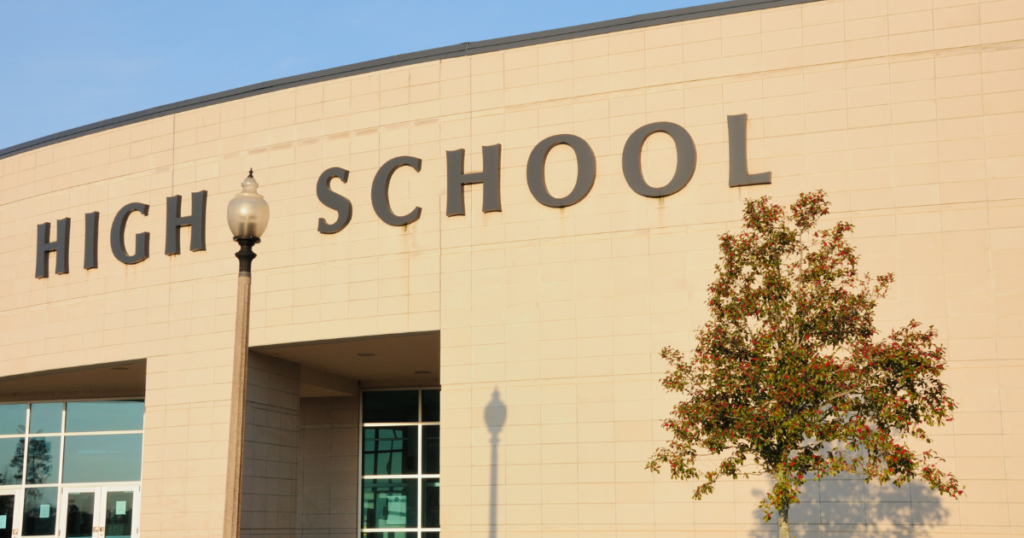By Thomas V. Walsh, ALF Advisory Council Member
Update: Revamping ALF’s Leveling the Playing Field Series on Labor Relations in Charter Schools
What Charter School Leaders Need to Know
The Atlantic Legal Foundation has long supported school choice and the charter school movement in particular. Some years ago the Foundation published a series of books discussing labor relations in charter schools. Entitled Leveling the Playing Field, each book focused on certain states’ specific labor laws applicable to charters and their effect on sound teacher labor relations. A sea change in the laws since those books were published has caused the Foundation to plan for updates to these publications, starting with New York.
Revision, however, is proving difficult. While state law has yielded to federal law as controlling labor relations affecting charter schools, application and interpretation of federal law is undergoing wholesale change by the agency responsible for administering that law. As a result, it is presently impracticable to provide clear information to charter school operators.
Why is this? In a word, politics. Political partisanship permeates charter school law, policy, and operation. Moreover, labor law itself is incessantly buffeted by political winds. Herewith, a few illustrations.
Charter schools exist only to the extent permitted by state legislation. The charter movement began in the 1990’s when Minnesota passed the first charter school law. Since then, 44 states have enacted charter laws (and also the District of Columbia, Puerto Rico, and Guam). Passage of these laws often was difficult, despite the fact that charters have enjoyed wide support among parents.
Charters are necessary due to widespread dissatisfaction with public education. Critics blame bureaucratic state and local school boards for hidebound regulation that stifle teaching innovation and creativity. Perhaps more common is criticism of teachers unions for inhibiting change. Collective bargaining agreements restrict – or prohibit – change. As a result, the status quo in public education seems institutionalized and immutable. The architecture of public education is perceived, even by many state legislatures, as too politically entrenched, and too calcified, for transformation.
Charters offer a better alternative. Charter schools are start-up educational institutions founded by individuals desiring to make a difference in children’s education. Generally, the founders apply to the state (or designated state educational agency) for a charter. Applicants must prepare plans for curriculum, identify likely student populations, and obtain buildings appropriate for a school. They must be ready to commence operations. This is a significant undertaking. These schools are not private schools, but (upon granting of a charter) are publicly funded and usually part of the free, public educational system. They are not-for-profit institutions. Although they must meet baseline state education, health, and safety requirements, they are free to create their own educational programs. Schools are subject to periodic renewal of their charters. If a charter school is failing, its charter will not be renewed and it will be closed.
In general, charter school laws free these institutions from rigid regulation by school boards and from collective bargaining agreements. Typically, a charter school opens with a non-union staff (although employees may subsequently choose to unionize). Charter school laws permit an alternative form of education, one that fosters new approaches to instruction, smaller classes, responsiveness to community needs, and an emphasis on student learning and achievement.
The rise of charter schools has created a curious dichotomy. There is the traditional public school system, still by far the most common school system. But then there are the charters – many of which are very successful, often more successful than nearby traditional public schools. Plainly stated, where public schools are floundering, the success of charters raise embarrassing questions.
Why can’t the traditional schools compete? Why are the teachers’ unions – who often style themselves as guardians of child education – so opposed to charter schools?
School boards and the unions until now held a monopoly on public education. Lack of success spotlights the rigid structure of public education: pedagogical methods, adherence to curriculum, absence of accountability, not to mention the high cost of union rules, salaries, and pensions. Unions often oppose passage of charter laws and charter applications.
Where charters are allowed, legislative compromise often restricts their size and number.
While unions have failed to prevent the passage of charter laws, they may still organize teachers and staff on a school-by-school basis. Many unions devote significant resources to this goal. Because of the flexibility it permits, charter school operators generally view remaining non-union as a pillar of school success.
How do unions go about organizing charter schools? How can school leadership address the threat? These are the questions addressed by Leveling the Playing Field.
Because charter schools are “public” schools created by state laws, school labor relations were governed by individual state public sector labor laws. These laws also regulated union organizing and the means for expressing employee choice, as well as restrictions upon employer actions. Some states allowed for secret ballot employee elections. Some relied on card check. Some had no specific rules. No “one size fits all.”
Federal labor law, the National Labor Relations Act, covers employers nation-wide, but expressly exempts employees of states and their political subdivisions. The NLRA is administered by the National Labor Relations Board. The NLRB can issue formal labor law rules, but mostly relies on individual case decisions to establish policy under the NLRA. For many years, the Board deemed charter school employees to be public employees, which seemed logical. However, about ten years ago, in a case involving a Chicago charter school, the NLRB revisited the issue. Relying upon unrelated Supreme Court precedent, the Board reconsidered whether individual charter schools under Illinois law were truly “public” employers and their employees exempt from the federal Act’s coverage. It decided that when a school (or a union) asked the Board to decide whether state or federal labor relations law should apply, it would analyze the manner in which the charter was founded and the amount of control the state retained over school management once a charter was granted. Where the charter school was initiated by private (non-governmental) parties, and its management was left largely free of state regulation, the school would not be considered a “political subdivision” of the state. The NLRB therefore would assert jurisdiction over the school and its employees under the NLRA. Applying this analysis, the Board found that the Chicago charter school was not a political subdivision. (1)
In 2014, a regional office of the NLRB asserted jurisdiction over a New York City charter school after considering its relationship to New York State and the city Department of Education. The regional director determined that the school was founded by private parties and that the government played virtually no role in its management. Thus, the regional director held, under federal law, the charter school at issue was not a “political subdivision” of the state and its employees were not exempt from coverage of the NLRA. Preferring to be regulated by union-friendly state labor law, the union appealed the decision to the full NLRB in Washington, D.C. In 2016, the NLRB upheld the regional director. (2)
This was a sea change for New York charter schools. According to the NLRB, charters were now seen as akin to private contractors engaged by the state to provide services to its citizens, and so, subject to the NLRA. Among other things, this protected the right to a secret ballot election, and conferred on parties a uniform national body of law for determining employee, employer, and union rights.
On a state-by-state basis, the Board (or its regional offices) began holding that other charter schools which were created and administered privately also were covered by federal labor law, including those in Arizona, California, Connecticut, District of Columbia, Illinois, Louisiana, Michigan, Ohio, Oregon, Pennsylvania, Tennessee, as well as additional charters in New York. (3)
These decisions meant that the discussion of charter school labor law and employer rights in the New York Leveling publication (and others) were now out of date.
However, the battle over federal jurisdiction was not over.
The NLRA authorizes the NLRB to delimit the extent of its own jurisdiction; specifically, the Board, in its discretion, may decline jurisdiction over entire industries where it finds their effect on interstate commerce is not substantial, even though it has statutory jurisdiction under the Act. 158 U.S.C. § 14(c)(1). The Board exercises this authority rarely. Nonetheless, in 2018, relying on the dicta of one Board member, the New York union which had been involved in Hyde asked the NLRB in another case to relinquish federal agency jurisdiction over charter schools.
After deliberating for two years, the NLRB declined to grant this request. (4)
The future of NLRA coverage of charter schools seemed assured. Nevertheless, the 2020 presidential election meant that the reworking of Leveling had to wait. Potential changes in NLRB membership and caselaw following a change of administration could frustrate any early revision. Those changes began taking place. While the “Biden” Board has appeared content to retain jurisdiction over charter schools and their employees, its approach to construing the NLRA and its agenda for addressing particular policies, all of which affect charters, has beset our work with uncertainty.
The National Labor Relations Board consists of five members appointed by the President and confirmed by the Senate. Traditionally, three members are of the President’s party. However, their terms are staggered, so the Board’s majority party does not flip immediately with every election.
The NLRB interprets the Act. As a practical matter, that means it determines whether conduct by unions and by employers comports with the law. It does this almost entirely by deciding individual cases. A violation of the NLRA is called an “unfair labor practice” (ULP). Remedies for violations include backpay and reinstatement for employees, recission or revision of work rules, and in union organizing settings, a possible rerun election. In extreme cases, the NLRB may order an employer to recognize and bargain with a union without an election. Most complaints are issued against employers rather than unions.
The Board adjudicatory procedure can be lengthy. When a ULP charge is filed alleging a violation of the Act, the regional office determines if there is merit to the allegations; if so, a complaint is issued and the matter is set for trial before an administrative law judge (ALJ). Most charges are settled, but NLRB settlement terms are virtually the same as remedies ordered after a respondent loses at trial. However, employers usually settle cases rather than face the expense of trial (with mounting backpay and interest). If a case goes to trial, the ALJ conducts a formal hearing and issues a decision. Aggrieved parties may appeal to the full Board in Washington. Obtaining an NLRB ruling can take years.
The General Counsel (GC) of the NLRB acts as the prosecutor for the Board. When a ULP charge is investigated, the GC (acting through regional personnel) directs the process. The GC prioritizes cases and determines the legal theories to advocate at trial. Most significantly, this includes proposing reversals of, or changes to, prior Board decisions. By so doing, the General Counsel effectively tees up the cases and legal theories presented to the NLRB.
Few agencies are as sensitive to politics as the NLRB. Over the years, alternating Democrat and Republican majorities have caused NLRB decisions to tilt first to employees and unions, then to employers, and then back again to employees and unions. This “wobble” has usually been modest in scope. But no longer does this seem to be the case. The NLRB majority under President Trump was clearly pro-employer. The Board under President Biden (who campaigned asserting that he would be “the most pro-union president ever”) has lurched sharply in the opposite direction. The current General Counsel of the NLRB, Jennifer A. Abruzzo, outspokenly advocates for pro-union interpretations of the NLRA. Since taking office in 2021, she has been prosecuting cases urging the Board’s Democrat majority to recast the law in ways detrimental to employers.
These cases profoundly affect many aspects of workplace relationships. With regard to charter schools and their leadership, they raise issues ranging from the continued existence of the right to a secret ballot election and the validity of employer work rules, to all manner of employer communications with employees on labor matters. These include:
- Holding secret ballot elections among employees only where their employer can provide evidence of “good faith doubt” that a union card majority is valid – a dauntingly high threshold.
- Scrutinizing employer policies and work rules for any limitations which could be construed as restricting employee pro-union speech, activity, or sentiments.
- Effectively banning an employer’s right to speak with employees in a group setting with regard to unionization.
- Greatly expanding remedies against employers for NLRA violations, including almost limitless consequential damages (and more).
- Limiting an employer’s ability to prohibit access by union representatives to school property.
- Broadening the scope of statutorily protected conduct by employees; requiring employers to condone pro-union employee conduct otherwise deemed abusive.
… and many more. The number and scope of well-established precedents which are at risk of significant change may be unprecedented. These cases are winding their way through lengthy Board litigation. Until these cases are decided – or until a new Administration takes office and the NLRB changes course – providing practical information to charter school employers is perilous.
The purpose of the Leveling series is to help charter school operators learn about labor relations law affecting their schools and to encourage them to engage in proactive education of their teachers and employees on labor issues and unionization. The books also provide a generalized guide to effective communications. Although the books do not offer legal advice — charters should consult with knowledgeable legal counsel to address particular labor relations law issues they may face — the information in Leveling is premised on policies and practices that have been generally recognized as lawful by the NLRB over time. However, historically lawful activity described today could be a violation of federal law tomorrow. The Atlantic Legal Foundation will avoid publishing guidance while so many long-held principles of lawful employer conduct are subject to change in the foreseeable future.
The Foundation will keep an eye on the evolution of the NLRA. When a reliably stable body of law is attained, we will issue revisions.
Endnotes
1. Chicago Mathematics & Science Academy, 359 NLRB 455 (2012), applying NLRB v. National Gas Utility District of Hawkins County, 402 U.S. 600 (1971), in which the Supreme Court set forth its analysis for determining if an employer entity was a private party or was a “political subdivision” of the state.
2. Hyde Leadership Charter School—Brooklyn, 364 NLRB 1137 (2016).
3. The only state in which no NLRA jurisdiction was found is Texas, as state charter school law reserves public authority over the school to such a degree that it was deemed exempt from the Act as a political subdivision. LTTS Charter School, 366 NLRB No. 38 (March 15, 2018). 4. KIPP Academy Charter School, 369 NLRB No. 48 (March 25, 2020).

